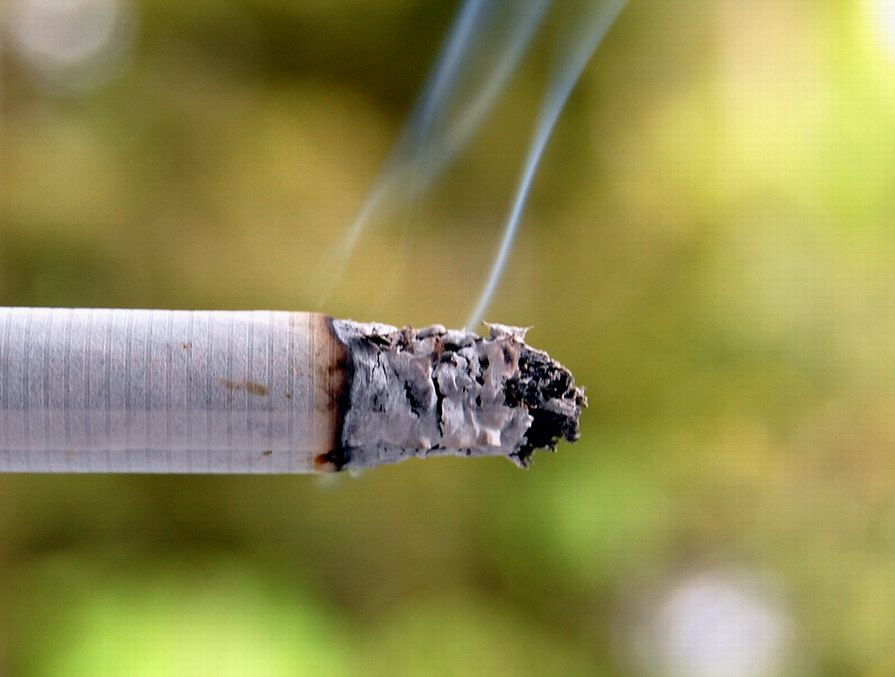Mayor Bloomberg is concerned about air pollution in New York City. Bloomberg has data that show elevated levels of nicotinimides in non-smoking New Yorkers. Believing this results from second hand smoking, he wants to prompt New Yorkers to quit smoking. It’s logical – cigarette smoke contains nicotine. But what if the body produces nicotinimides in response to particulates and ozone?
In her piece Use Bio-Heat as a substitute for #2 Heating Oil, the architect Ellen Honigstock of The Toeprint Project points out that 9,000 of the 960,000 buildings in New York City – less than 1% – use #4 and #6 oil – the dirtiest heating oil. Those 9,000 buildings are responsible for over 86% of the soot and ozone pollution in the air.
Honigstock explains:
These particulates contribute to the failure of New York City’s air to meet the National Ambient Air Quality Standards and the failing grade received from the American Lung Association’s State of the Air Report not to mention all the unnecessary cases of childhood asthma in New York City’s kids.
Generally speaking, when crude oil comes off the boat into the refinery, the sludgier oil (called residual oil) sinks to the bottom while more refined products, which are less viscous such as propane, gasoline, kerosene etc… (called distillates) rise to the top.
#6 oil is barely refined sludge. It’s the least expensive of the heating oils and has the highest fuel content which starts to explain why people continue to use it.
It is solid at room temperature. This means that the entire oil tank must be kept to at least 90 degrees at all times in order for the oil to burn properly. #2 oil, while more expensive per gallon, burns much cleaner, doesn’t require any additional energy to make the combustion process work properly and typically requires less maintenance than boilers burning #6.
Environmental Defense Fund, with support form the Urban Green Council issued a very informative report called “The Bottom of the Barrel: How the Dirtiest Heating Oil pollutes our Air and harms our Heath” including a great interactive map showing all the buildings currently using #6 and #4 oil.
There’s more at The Toeprint Project – including how New York City residents can find bio-fuel to heat their buildings.


